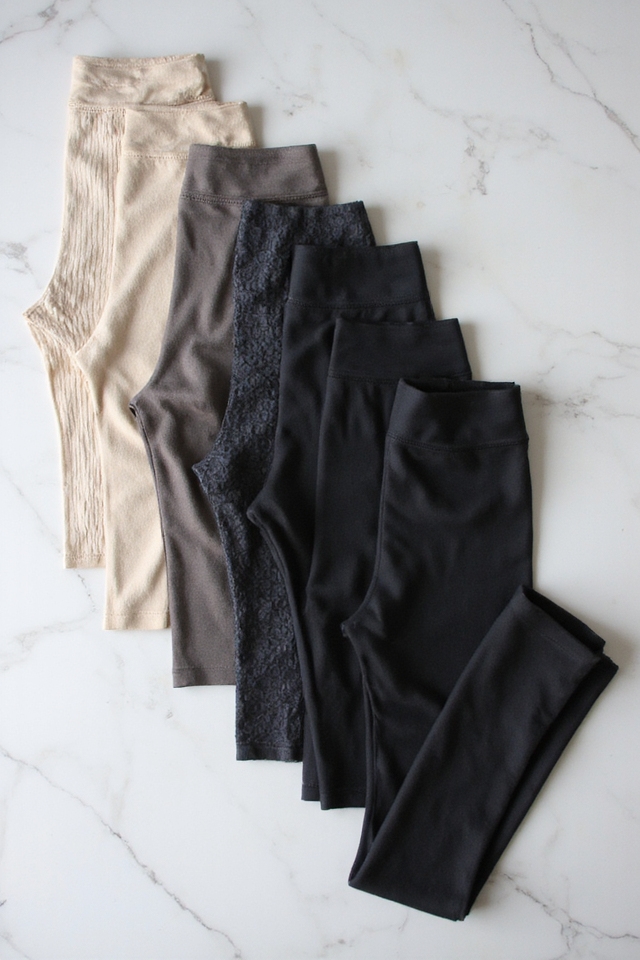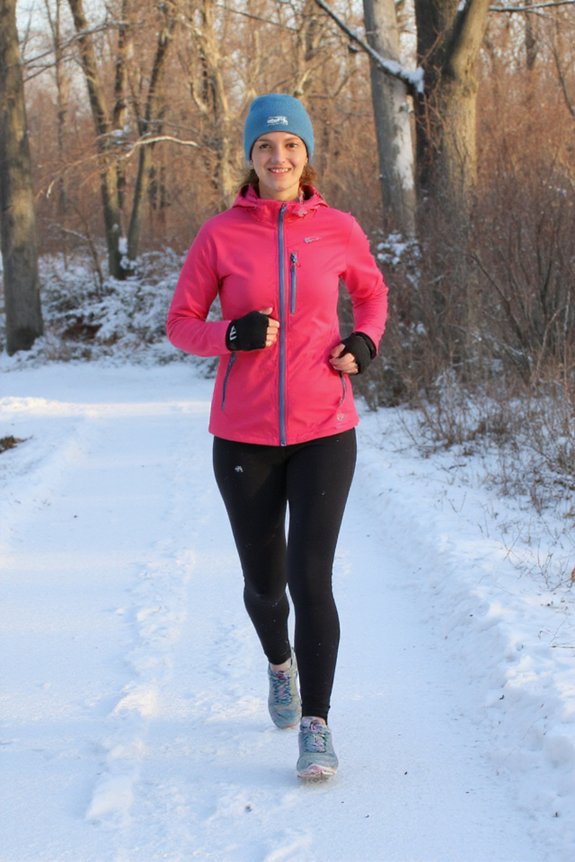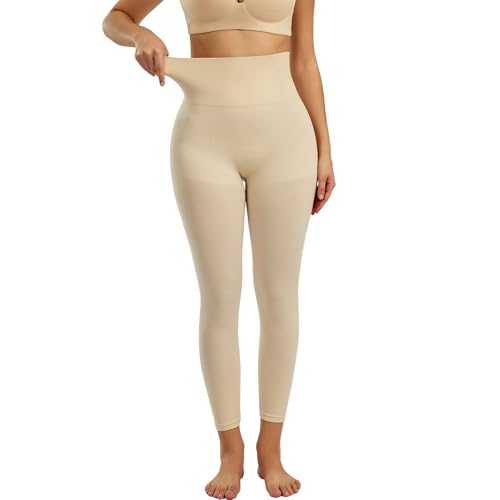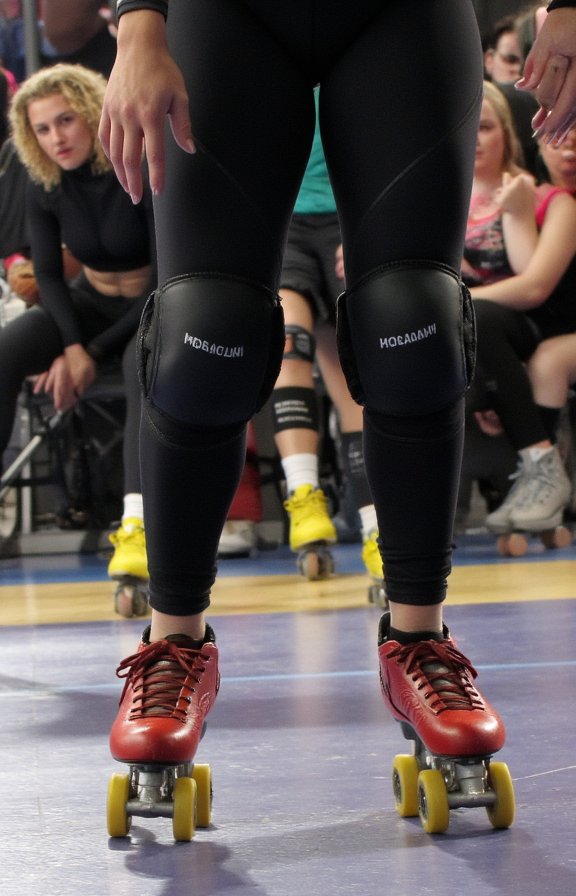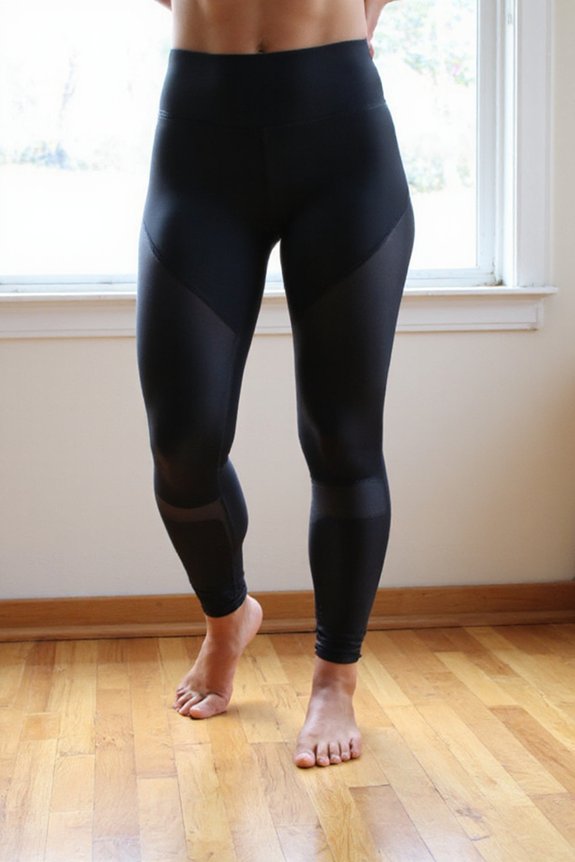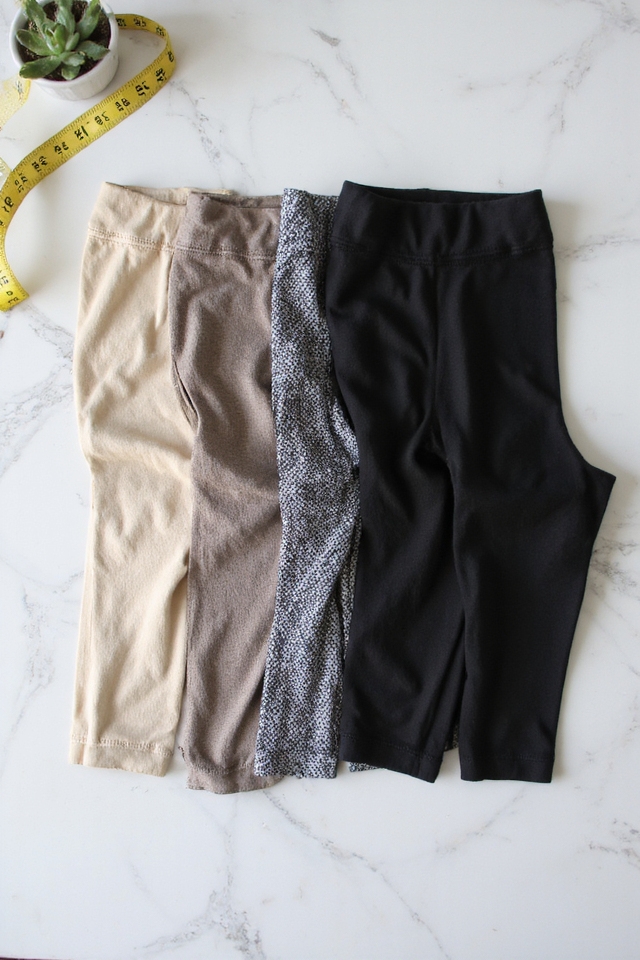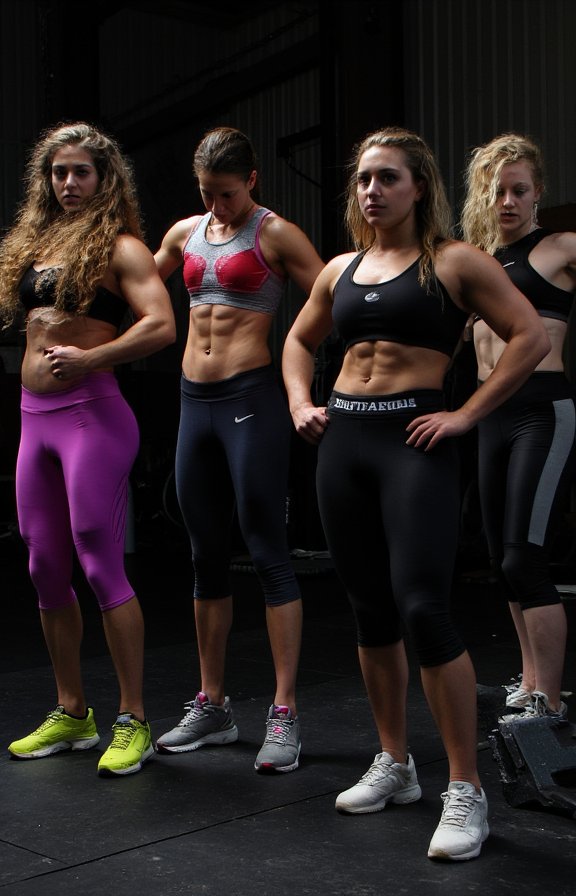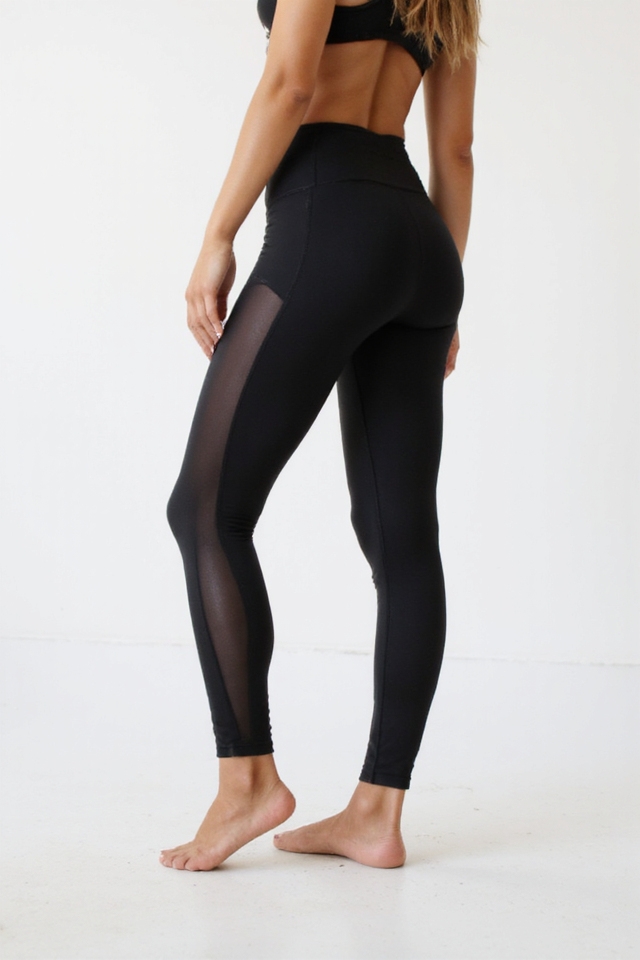You’ll discover that compression leggings transform daily comfort while managing varicose veins, with graduated styles delivering 15-30mmHg pressure that actively boosts blood flow from ankles upward. From sleek opaque footless designs perfect with ballet flats to medical-grade prescription stockings that disappear under dresses, these therapeutic pieces blend seamlessly into your wardrobe. High-waist options smooth your midsection while supporting legs, and sheer versions offer elegance with relief—each style combines fashion-forward aesthetics with genuine vein support that’ll revolutionize your daily routine.
Graduated Compression Leggings
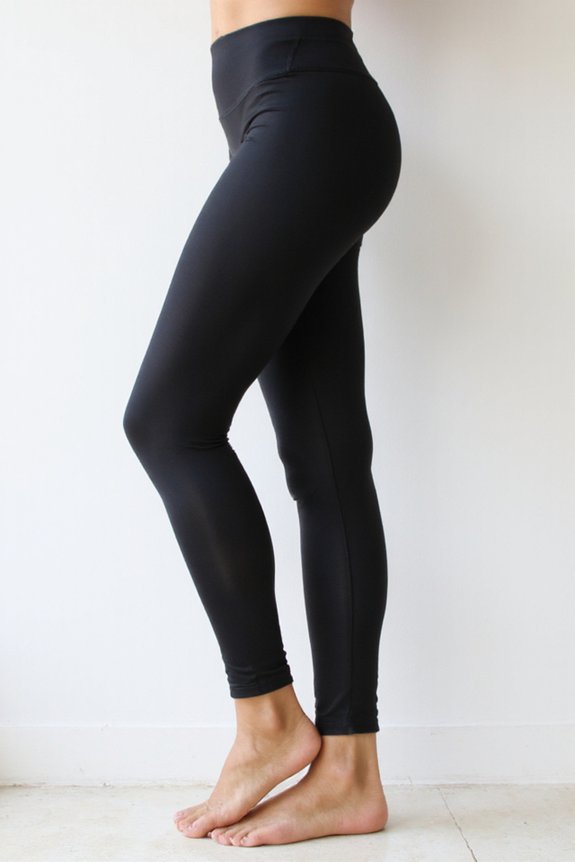
When you’re dealing with varicose veins, graduated compression leggings are your best friend.
They’re designed with tighter compression at the ankle that gradually decreases up your leg. You’ll find them in 15-20mmHg for mild support or 20-30mmHg for moderate relief.
These medical-grade pieces come in sleek black, navy, and nude shades that pair seamlessly with your everyday wardrobe, from tunics to shift dresses.
Opaque Footless Compression Leggings
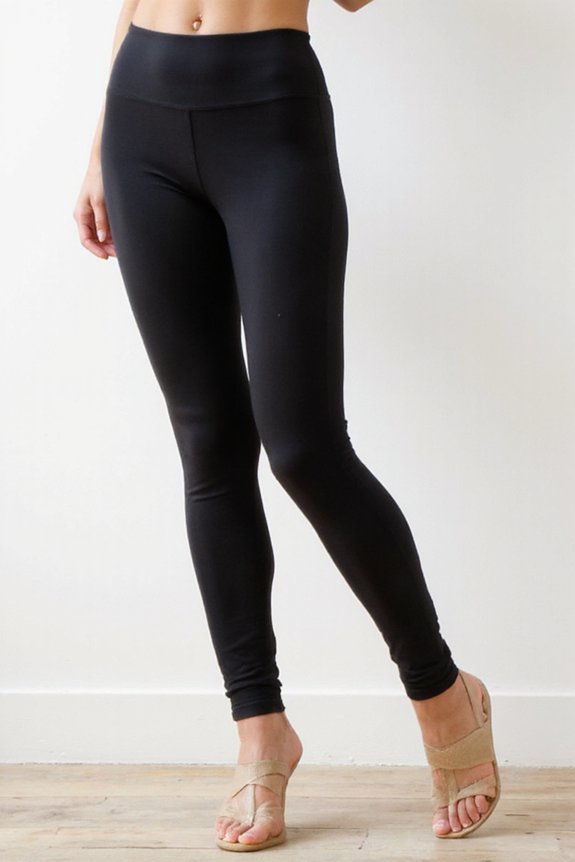
If you prefer the freedom of going without foot coverage, opaque footless compression leggings deliver both style and therapeutic benefits.
You’ll love pairing these with ballet flats, sneakers, or strappy sandals. The opaque fabric conceals spider veins while providing medical-grade compression.
Choose neutral shades like black, navy, or charcoal for maximum outfit versatility. They’re perfect under dresses, tunics, or oversized sweaters.
Support Pantyhose
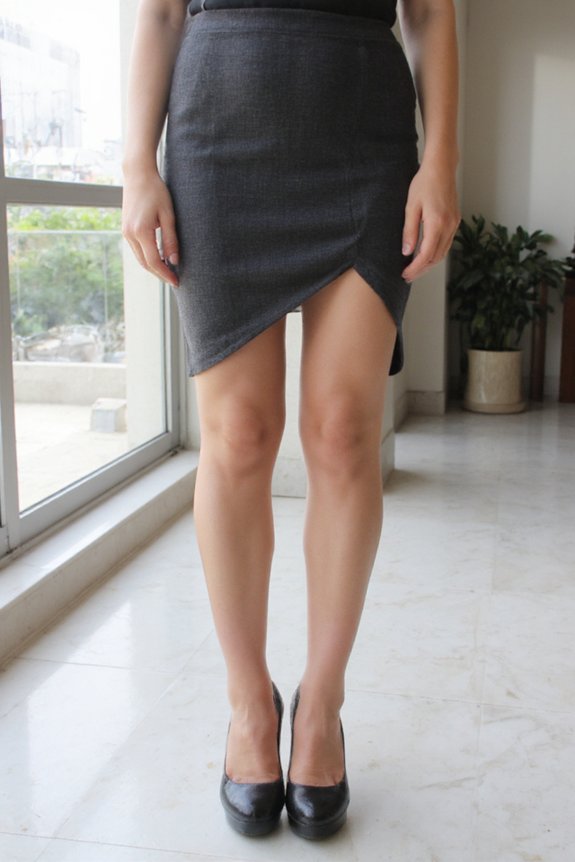
For those seeking full coverage with a polished finish, support pantyhose combine compression therapy with the elegance of traditional hosiery.
You’ll appreciate their seamless design under dresses and skirts, delivering graduated pressure from ankle to thigh.
Choose nude shades for versatility or black for a sophisticated look.
They’re perfect when you need professional attire that secretly works overtime to boost your circulation.
Prescription Compression Stockings
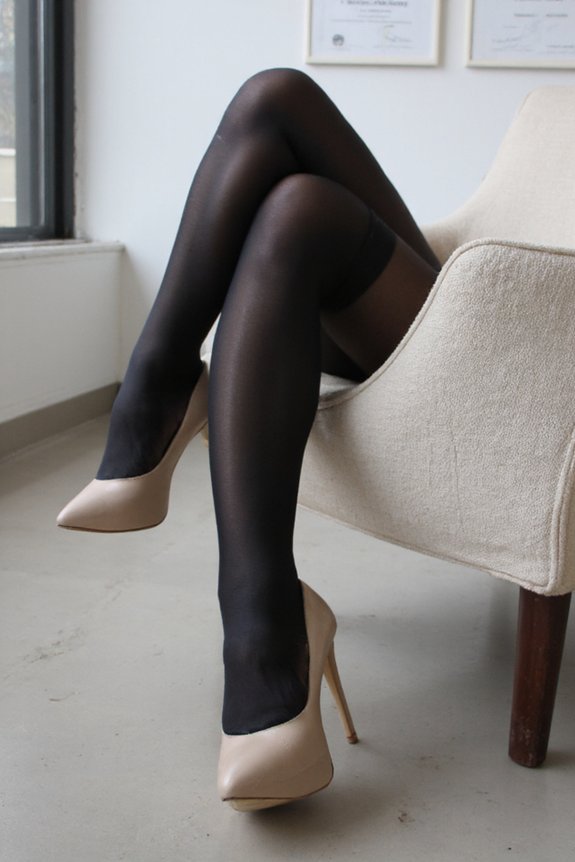
Although prescription compression stockings might sound strictly medical, they’re actually your secret weapon for serious vein support with surprising style options.
You’ll discover sleek designs in nude, black, and navy that disappear under dresses or trousers. Today’s medical-grade versions feature moisture-wicking fabrics, reinforced heels, and graduated compression zones.
Your doctor prescribes the exact pressure level you need, typically between 20-40 mmHg.
Knee-High Compression Leggings
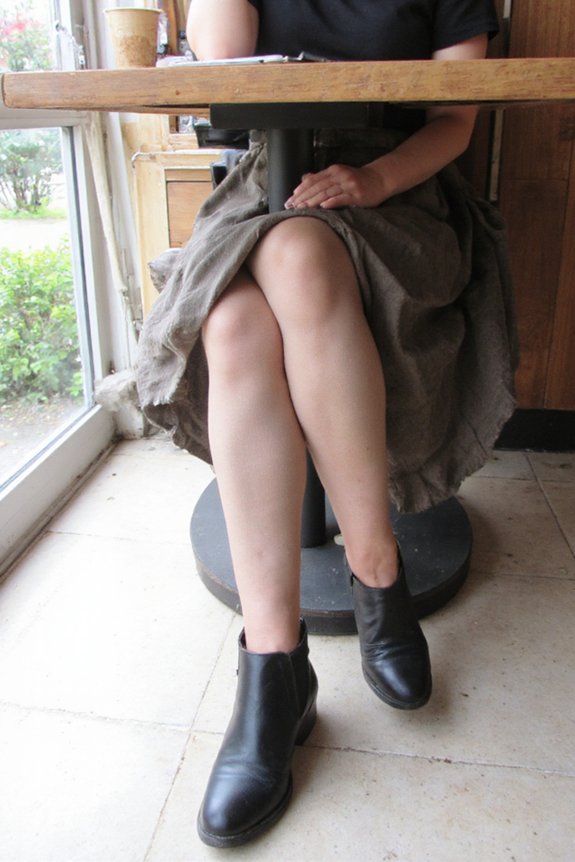
Many women prefer knee-high compression leggings as their go-to solution for managing varicose veins while maintaining a polished look.
You’ll love how they disappear under midi skirts and wide-leg trousers, creating seamless outfits. These versatile pieces work perfectly with ankle boots, loafers, or even strappy heels.
They’re your secret weapon for all-day comfort during work presentations, dinner dates, or weekend brunches.
Sheer Compression Leggings
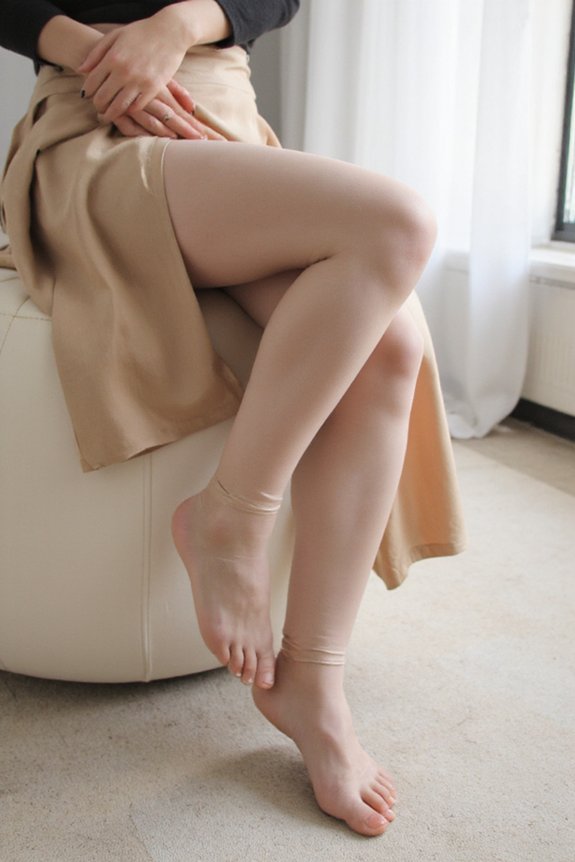
Sheer compression leggings transform medical necessity into runway-ready style.
You’ll love how these barely-there beauties deliver therapeutic support without sacrificing elegance.
Pair them with midi skirts, slip dresses, or oversized blazers for instant sophistication.
The subtle nude tones complement any outfit while providing graduated compression.
Choose reinforced toe options for durability, and you’re ready to conquer both your symptoms and the fashion scene.
High-Waist Compression Leggings
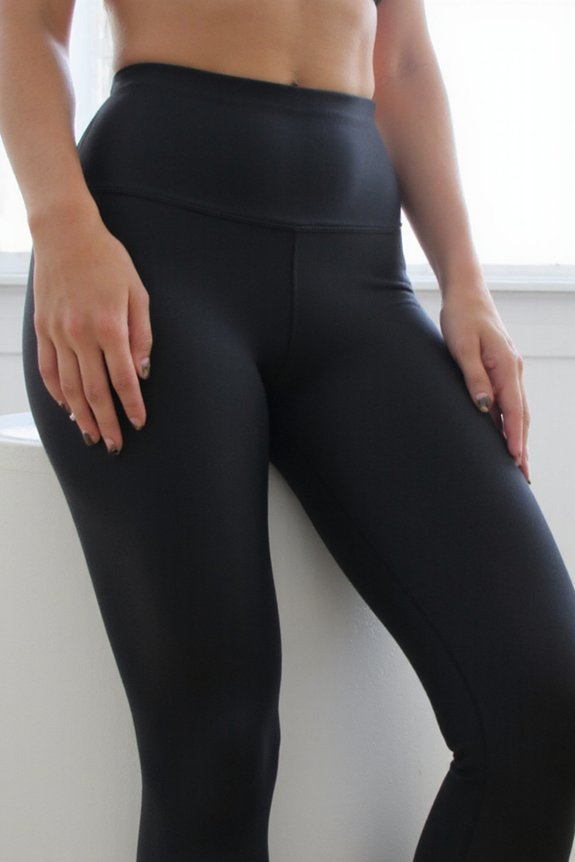
Three key benefits make high-waist compression leggings your new wardrobe MVP.
First, they’ll smooth your midsection while supporting varicose veins from thigh to ankle.
Second, you’ll love how they stay put during yoga or errands.
Third, they’re incredibly versatile—pair them with oversized sweaters, crisp button-downs, or flowy tunics.
The wide waistband won’t dig in, and you’ll feel confident, supported, and stylish all day.
Firm Compression Thigh-High Leggings
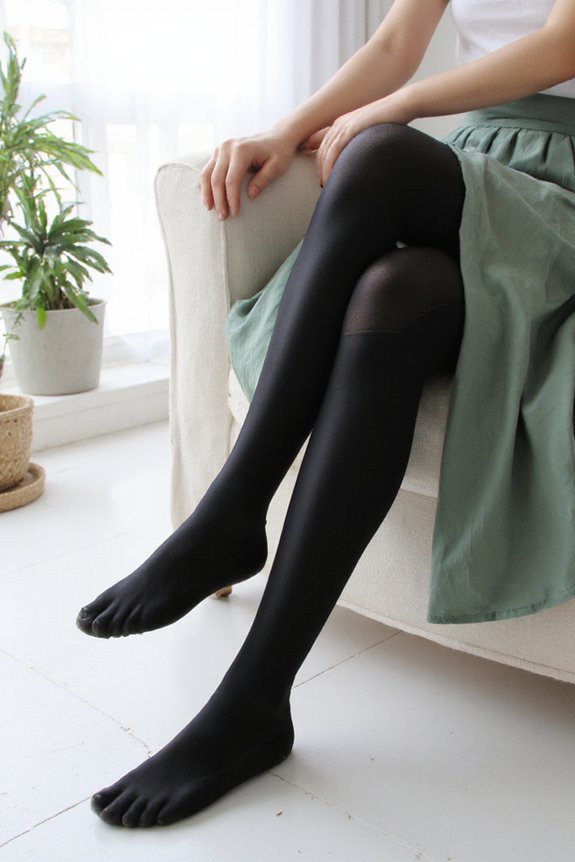
While high-waist styles offer excellent coverage, you’ll want firm compression thigh-high leggings when targeting specific problem areas on your upper legs.
These medical-grade pieces deliver 20-30 mmHg pressure right where you need it most. You can pair them with flowy midi skirts or oversized sweaters for fashionable coverage.
The silicone-lined bands stay put throughout your day, ensuring consistent therapeutic support without constant adjustments.
Frequently Asked Questions
How Long Should I Wear Compression Leggings Each Day?
You’ll want to wear compression leggings for 8-12 hours daily, taking them off before bed.
Start with shorter periods if you’re new to compression wear – maybe 4-6 hours initially.
Listen to your body’s signals. If you feel tingling or excessive tightness, remove them immediately.
Most people find wearing them during active daytime hours works best.
Always consult your doctor for personalized advice based on your specific circulation needs.
Can I Sleep While Wearing Compression Leggings?
You shouldn’t sleep in compression leggings. Your legs need a break from that constant pressure overnight.
When you’re lying down, your circulation naturally improves, so you don’t need the extra support.
Wearing them 24/7 can actually cause skin irritation, numbness, or restrict blood flow too much.
Give your skin time to breathe.
Save your compression leggings for daytime wear when you’re up and moving around, not for bedtime.
How Do I Measure for the Correct Compression Legging Size?
You’ll need to measure three key areas for the perfect fit.
First, wrap a measuring tape around your ankle at the narrowest point.
Then, measure your calf at its widest part.
Finally, take your thigh measurement about 2 inches below your crotch.
Stand straight while measuring, and don’t pull the tape too tight.
Compare these numbers to the brand’s sizing chart – they’re all different, so always double-check before ordering.
When Should I Replace My Compression Leggings?
You’ll want to replace your compression leggings every three to six months with regular wear.
Watch for signs like stretched-out fabric, loose waistbands, or thinning material around the knees. If they’re not hugging your legs snugly anymore, they’re not doing their job.
Daily wearers should replace them closer to three months, while occasional users can stretch to six.
Always have a backup pair ready when your current ones start losing elasticity.
Can Compression Leggings Worsen Varicose Veins if Worn Incorrectly?
Yes, you can definitely make things worse if you’re not careful.
When compression leggings are too tight, they’ll cut off circulation instead of improving it. You’ll notice numbness, tingling, or increased swelling. Wrong sizing creates pressure points that trap blood flow.
Always measure your legs properly, choose graduated compression, and avoid rolling or bunching the fabric. If you see skin indentations or feel pain, they’re too tight.
